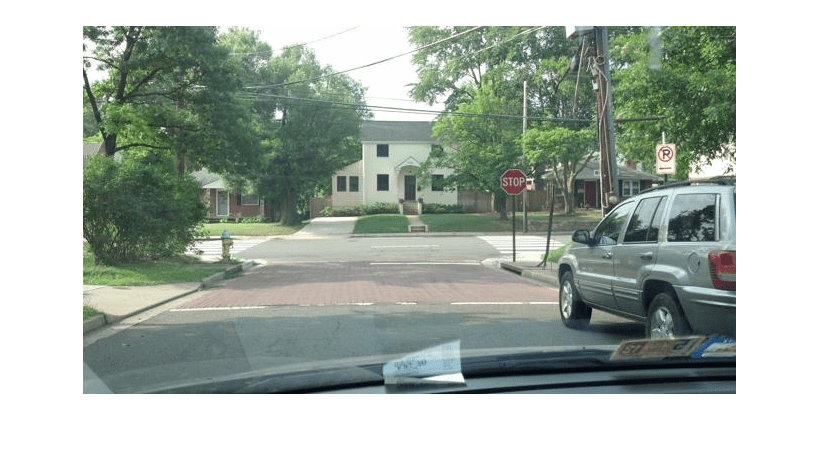classifyRegions
(Not recommended) Classify objects in image regions using Fast R-CNN object detector
The classifyRegions function and Fast R-CNN object detectors are not
recommended. Use a different type of object detector instead. For more information, see Version History.
Syntax
Description
[
classifies objects within the regions of interest of image labels,scores]
= classifyRegions(detector,I,rois)I, using a
Fast R-CNN (regions with convolutional neural networks) object detector. For each region,
classifyRegions returns the class label with the corresponding
highest classification score.
When using this function, use of a CUDA® enabled NVIDIA® GPU is highly recommended. The GPU reduces computation time significantly. Usage of the GPU requires Parallel Computing Toolbox™. For information about the supported compute capabilities, see GPU Computing Requirements (Parallel Computing Toolbox).
[___] = classifyRegions(___,'ExecutionEnvironment',
specifies the hardware resource used to classify object within image regions:
resource)"auto", "cpu", or "gpu". You
can use this syntax with either of the preceding syntaxes.

